(159,28 €, käibemaks 0)
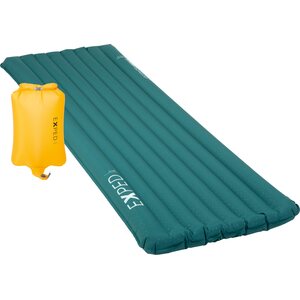
Text (original in Finnish) and images: Ilari Hauhia
Winter hiking is an excellent way to experience the nature in its other element. Forests, rocks, and lakes look much more different under snow and ice than they do while the ground is unfrozen. Another good side of winter hiking is that in winter, you do not have to be afraid of mosquitos nor ticks.
Day trips are a natural way to start the winter hiking hobby. Besides suitable outdoor clothing, you do not necessarily need any other equipment. However, it is important to invest in good outdoor clothes.
In winter conditions, it is recommended to favour layered clothing that consists of a next-to-skin base layer, a possible mid layer, and a shell layer. A good thumb rule is that clothing is suitable when you are a little bit cold when you go outside. That is when exercice warms you up just enough.
They make base layers of many different materials, but merino wool is one of the best ones. Merino wool is soft, feels warm even if it gets wet, and does not smell bad even when sweaty. However, products made of merino wool are quite expensive. If you have a smaller budget, a technical base layer made of polyester, for example, works well, too.
A mid layer is useful especially when it is so cold that a base layer and a shell layer are not warm enough. Fleece is a good, warm and breathable mid layer material. If your mid layer clothes have a zipper, you can regulate the warmth efficiently with it. The hotter you get while hiking, the more you can open the zipper. Besides fleece, wool sweaters are also great mid layers.
Why is merino wool an unbeatable material?
Insulated jackets still have an important role in winter hiking. If you want to take a break, eat lunch, or just to stop to enjoy the scenery, it is good to have a warm break jacket with you. On winter hikes, the coldness catches you quickly when you are not moving, so it is important to learn to put a warm jacket on right away when you decide to take a break.
The choice of a break jacket depends on the weather conditions. For example, when the temperature is above zero, a relatively light down or synthetic jacket is probably warm enough. But when the temperature falls under -25° Celsius, for example, you will need a considerably thicker insulation. The warmth/weight ratio of down jackets is usually better than that of synthetic materials. But when down gets wet, it loses its insulating capacity easily, while synthetic fibres are warm even when wet.
Especially the paths in the most popular national parks and other hiking destinations are often hard-trodden and easy to hike on also in winter even if you had only shoes with you. You can also add ice cleats, such as Snowline Chainsen Pro, to make it easier to walk on frozen slopes, for example. If you want to step outside the most popular tracks, you might need to use snowshoes or backcountry skis.
Spending a night in nature in winter
After you have tried winter hiking on day trips, you often start to think about going on longer hikes, too, during which you spend one or more nights in nature. On those hikes, you will need more equipment.
First, get a tent. When you are thinking what kind of tent you should choose, pay attention to its ability to withstand heavy snow and to the number of people that the tent should have place for. The suitability of a tent for winter hiking is often mentioned in the product description. For example, Fjällräven Abisko Endurance 2 is an excellent tent for winter hikes and two people.Winter camping: tips and tricks How to choose the right Fjällräven tent How to choose the right Helsport tent
Finnish national and natural parks, especially the northernmost ones, often have open wilderness huts equipped with a stove. It is nice to use them on winter hikes. Even if you were planning to sleep mainly in huts of this kind, take a tent with you just in case.
In addition to a tent, you will need a thick enough sleeping bag. Many manufacturers follow the EN 13537 standard that provides indicative information on the temperature for which the sleeping bag is suitable. The Comfort value represents the lowest temperature at which a standard woman can sleep comfortably. The Limit value refers to the same thing but for a standard man. The Extreme value tells you the lowest temperature at which the sleeping bag protects you against hypothermia. For example, the Limit value of the light RAB Neutrino 800 is -22° Celsius, making it a good choice for winter hiking.
Besides a sleeping bag, you will also need an insulating sleeping pad. The insulation capacity of a sleeping pad is defined with an R value. This value should be at least 5 for sleeping pads used in winter. For example, Exped Dura 8R M is an excellent choice for a winterly sleeping pad.


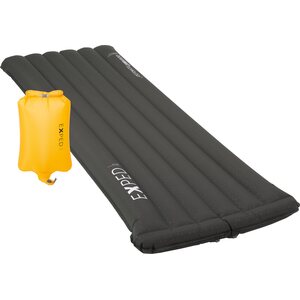
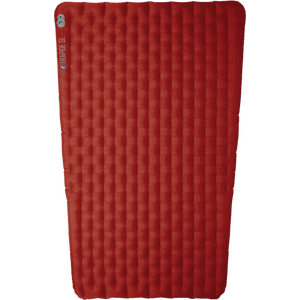
Spirit stoves such as Trangia as well as gas stoves work also in winter, but for gas stoves, you need to pay attention to the cold resistance of the gas you use. The safest option for very cold conditions is a multifuel stove where you can also use petrol as fuel. We can recommend Primus OmniLite Ti, for example.
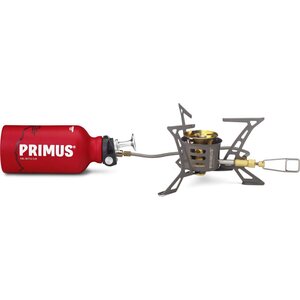
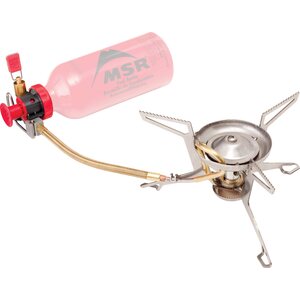
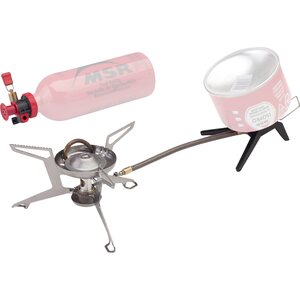
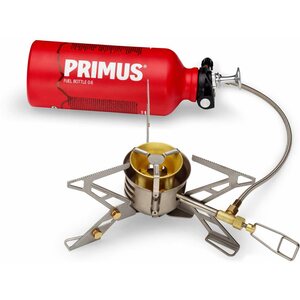

Notice that because of the cold weather on winter hikes, your body will need considerably more energy than normally. That is why it is important to take more food with you than you would do in summer. In addition, you will not necessarily feel thirsty as much normally, so make sure you drink enough water. You can melt pure snow with a camping stove to get water but remember take enough fuel with you.